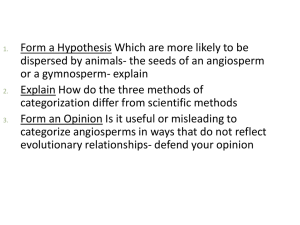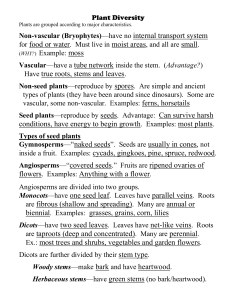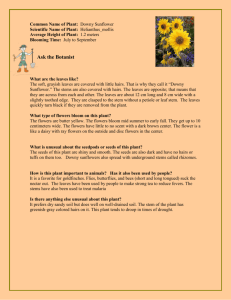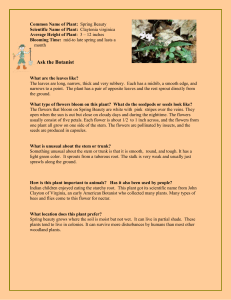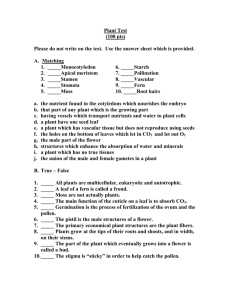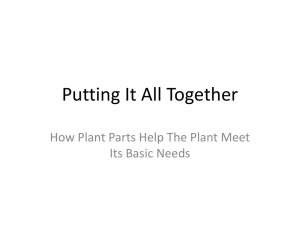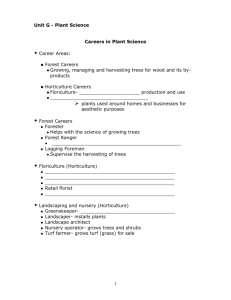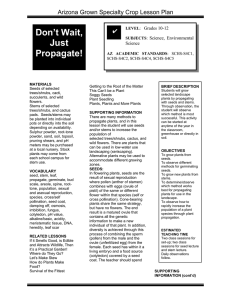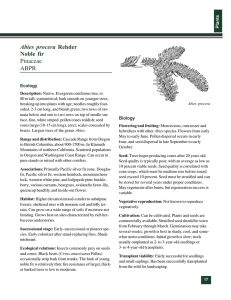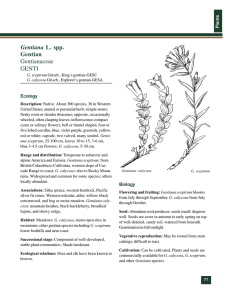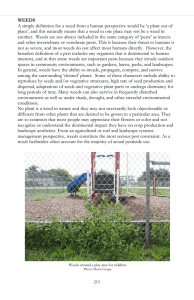plant parts we eat
advertisement
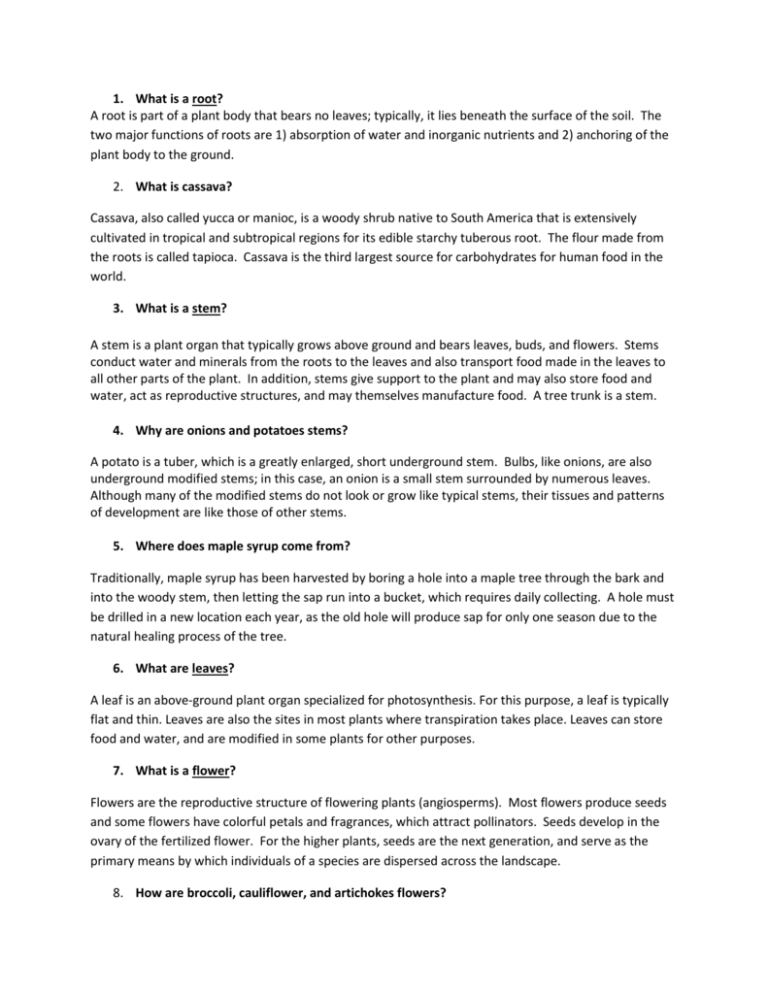
1. What is a root? A root is part of a plant body that bears no leaves; typically, it lies beneath the surface of the soil. The two major functions of roots are 1) absorption of water and inorganic nutrients and 2) anchoring of the plant body to the ground. 2. What is cassava? Cassava, also called yucca or manioc, is a woody shrub native to South America that is extensively cultivated in tropical and subtropical regions for its edible starchy tuberous root. The flour made from the roots is called tapioca. Cassava is the third largest source for carbohydrates for human food in the world. 3. What is a stem? A stem is a plant organ that typically grows above ground and bears leaves, buds, and flowers. Stems conduct water and minerals from the roots to the leaves and also transport food made in the leaves to all other parts of the plant. In addition, stems give support to the plant and may also store food and water, act as reproductive structures, and may themselves manufacture food. A tree trunk is a stem. 4. Why are onions and potatoes stems? A potato is a tuber, which is a greatly enlarged, short underground stem. Bulbs, like onions, are also underground modified stems; in this case, an onion is a small stem surrounded by numerous leaves. Although many of the modified stems do not look or grow like typical stems, their tissues and patterns of development are like those of other stems. 5. Where does maple syrup come from? Traditionally, maple syrup has been harvested by boring a hole into a maple tree through the bark and into the woody stem, then letting the sap run into a bucket, which requires daily collecting. A hole must be drilled in a new location each year, as the old hole will produce sap for only one season due to the natural healing process of the tree. 6. What are leaves? A leaf is an above-ground plant organ specialized for photosynthesis. For this purpose, a leaf is typically flat and thin. Leaves are also the sites in most plants where transpiration takes place. Leaves can store food and water, and are modified in some plants for other purposes. 7. What is a flower? Flowers are the reproductive structure of flowering plants (angiosperms). Most flowers produce seeds and some flowers have colorful petals and fragrances, which attract pollinators. Seeds develop in the ovary of the fertilized flower. For the higher plants, seeds are the next generation, and serve as the primary means by which individuals of a species are dispersed across the landscape. 8. How are broccoli, cauliflower, and artichokes flowers? The top portions of broccoli and cauliflower heads are actually flower buds. Given time each will burst into a flower, which is why they are called florets (the bud part minus the stem, which is also often eaten). Artichokes are also the buds of flowers. Stereotypical flowers that are edible like nasturtium, marigolds, etc., are not included so as not to confuse children into thinking that every flower is safe to eat. 9. What is a fruit? Fruits are the means by which flowering plants disseminate seeds, and the presence of seeds indicates that a structure is most likely a fruit, though not all seeds come from fruits. Seeds are ripened ovules; fruits are the ripened ovaries or carpels that contain the seeds. 10. What is a vegetable? A vegetable is a plant or part of a plant other than a sweet fruit or seed. However, the word is not scientific, and its meaning is largely based on culinary and cultural tradition. Therefore, the application of the word is somewhat arbitrary and subjective. 11. What are seeds? A seed, referred to as a kernel in some plants, is a small embryonic plant enclosed in a covering called the seed coat, usually with some stored food. The seed is the product of the ripened ovule of gymnosperm and angiosperm plants, which occurs after fertilization and some growth within the mother plant. The formation of the seed completes the process of reproduction in seed plants started with the development of flowers and pollination.
